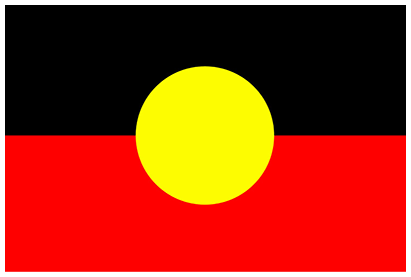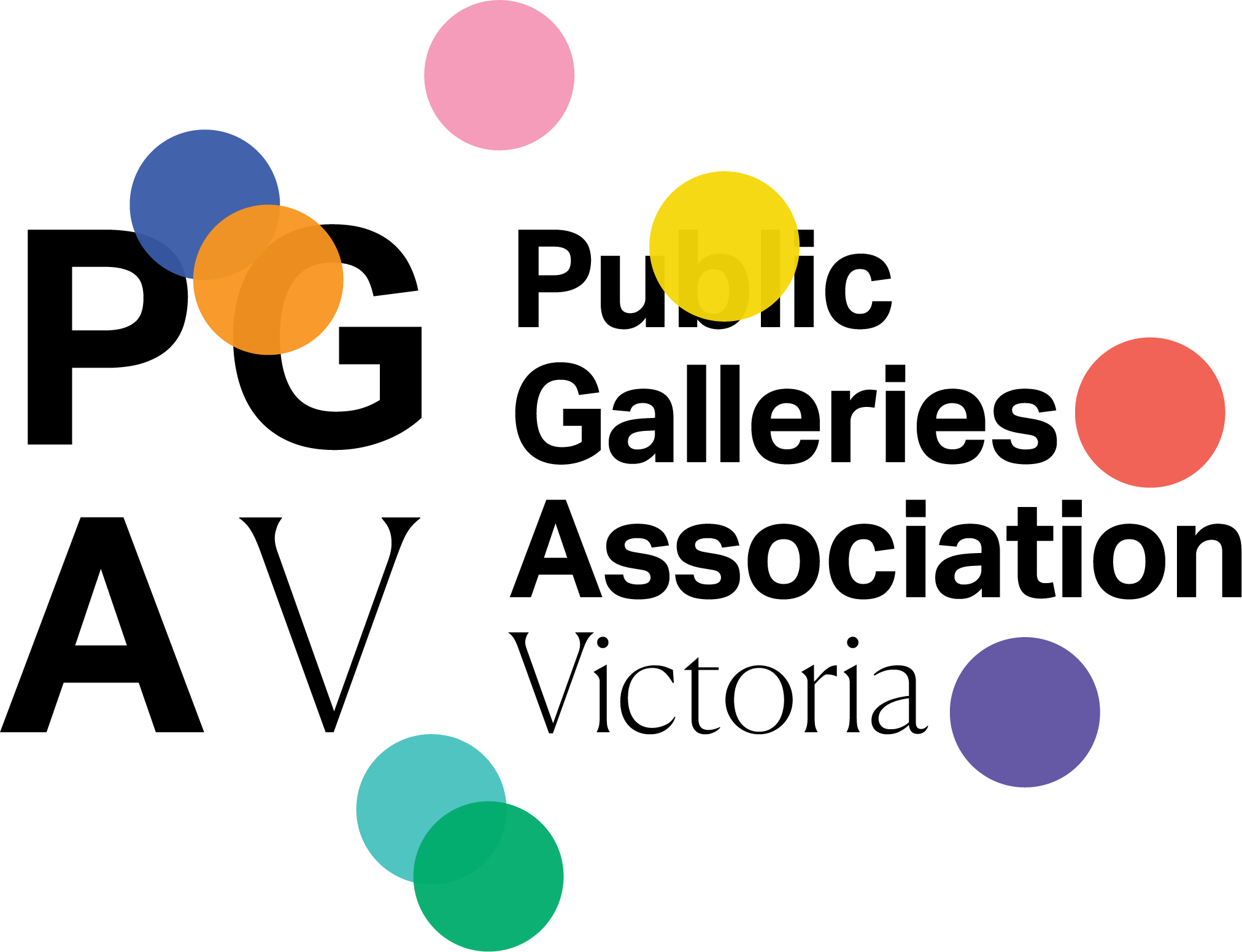Exhibitions Manager
Professions in the Public Gallery Sector

mark hislop
Installation and Facility Coordinator
Art Gallery of Ballarat
Date: November 2022
the role of Exhibitions Manager
For information about roles within public galleries see the PGAV Fact Sheet: Staffing Levels & Position Titles
How did you get started in your career and what formal qualifications or experience do you have?
I trained as an artist completing a Bachelor of Art and Post Graduate Diploma from College of Fine Art (COFA). I received a Samstag Scholarship to complete a Master of Art from Chelsea School of Art, London. Then to New York where I started working in commercial galleries. Barbara Gladstone Gallery for 3 years and with Matthew Barney on Cremaster 3 followed by working as a studio assistant and a few other stints at the Armory Show with commercial galleries in NYC. When I returned to Australia I moved into public galleries with roles as Public Program Coordinator with Canberra Contemporary Art Space (legends), Exhibitions and Operations at Monash Gallery of Art (die superstars) and now at the Art Gallery of Ballarat.
What does your role as Installation and Facility Coordinator encompass?
My title is Installation and Facility Coordinator. I manage the installation team of five - installing temporary exhibitions and working with our Collection Manager, Curator and Registrar on the permanent collection displays. We have 20 exhibition spaces at the Art Gallery of Ballarat. It’s a busy program supported by an amazing team across all our operations. My role also includes managing OHS for approximately 25 staff and visitors as well as coordinating building maintenance. Completed in 1884 the building is listed on the Victorian Heritage Register and by the National Trust of Victoria and is the oldest and largest regional gallery in Australia. I have other responsibilities as HSR (Health and Safety Representative), EEO Contact Officer and Chief Fire Warden.
What knowledge and skills do you think are most needed for this role?
In today’s workplaces the ‘soft skills’ are crucial. Critical thinking, good communication and adaptability go a long way towards building better teamwork, efficiency and ultimately higher productivity. Managing multiple projects simultaneously with a solid understanding of materials, systems and techniques are important in a technical role. I’ve learnt never to take anything to do with materials for granted. There are many variables that can make a seemingly simple job complex and time consuming.
What is one of the most complex projects you’ve had to work on in your role?
Out of the Darkness was an exhibition the Art Gallery of Ballarat developed in 2021 in response to the recommendations from the Royal Commission into Institutional Responses to Child Sexual Abuse. The exhibition tackled the issues of the trauma experienced by survivors of child sexual abuse and the need for compassion and support within the community for people dealing with the consequences. It demonstrated how art can be used both as a way of processing trauma and as a form of activism against injustice. Ballarat is recognised as one of the main communities in Australia where institutional child abuse took place and the city continues to feel its impact. As the most significant cultural institution in Ballarat, the Gallery demonstrated great leadership and contributed significantly to the healing process in the community.
What do you enjoy most about your role?
Other people are pretty interesting! Working collaboratively on projects, finessing an exhibition to achieve just the right experience for the visitor and seeing an idea form into an exhibition is a powerful thing. The Art Gallery of Ballarat collection has some remarkable works and its always a thrill to be able to see them up close, handle them and get an intimate understanding as to how they were made.
What has been your career highlight so far?
Many exhibitions have stayed with me. Installing work of Gregor Schneider and Shirin Neshat amongst many others at Barbara Gladstone Gallery, the whole Cremaster 3 juggernaut, photography of Jan Dibbets at Gladstone, Len Lye at MGA in Antipodean emanations: cameraless photographs from Australia and New Zealand. Still wonderfully fresh is the current Art Gallery of Ballarat exhibition Beating About the Bush. The outtakes reel would be a mashup of illegible meeting notes, bad translations, side glances, malapropisms, poor directions, misunderstandings and missing pages.
What are the key issues for public galleries into the future?
Museums and galleries have been lagging when it comes to addressing their environmental footprint. The sector’s use of carbon-intensive materials, international freight and climate control conditions will come under greater scrutiny. Just as organisations in the sector have recently been forced to look at gender and diversity issues in record time, now the squeeze will be on how these organisations operate responsibly in a world of catastrophic climate challenges.
The Public Galleries Association of Victoria (PGAV) acknowledges the Wurundjeri Woi-Wurrung people of the Kulin Nation as the Traditional Owners of the lands where our office is located, and all Traditional Owners of country throughout Victoria and Australia. We recognise Aboriginal and Torres Strait Islander peoples enduring traditions and continuing creative cultures. We pay our respect to Elders past, present and emerging.
We are an LGBTQIA+ friendly organisation that celebrates diversity. We are committed to providing safe, culturally appropriate, and inclusive services for all people, regardless of their ethnicity, faith, disability, sexuality, or gender identity.






